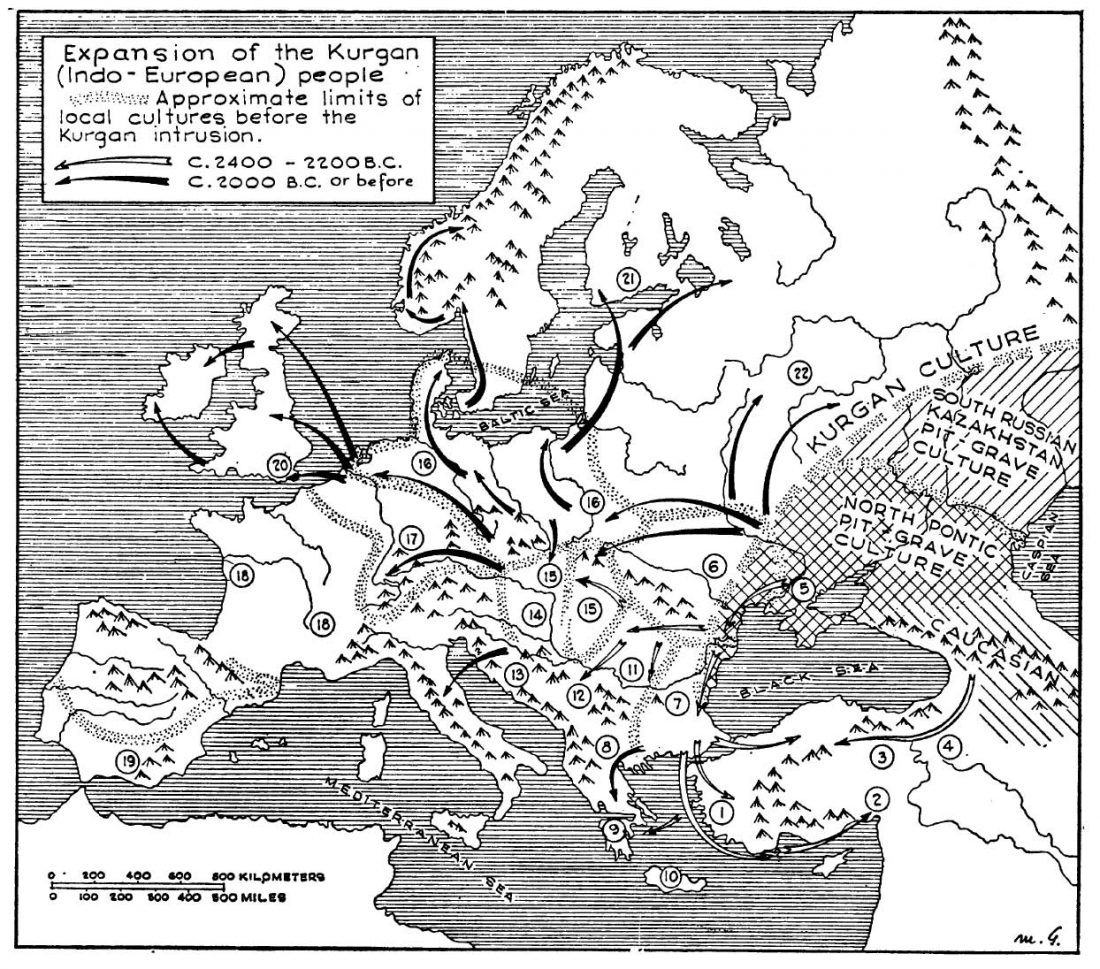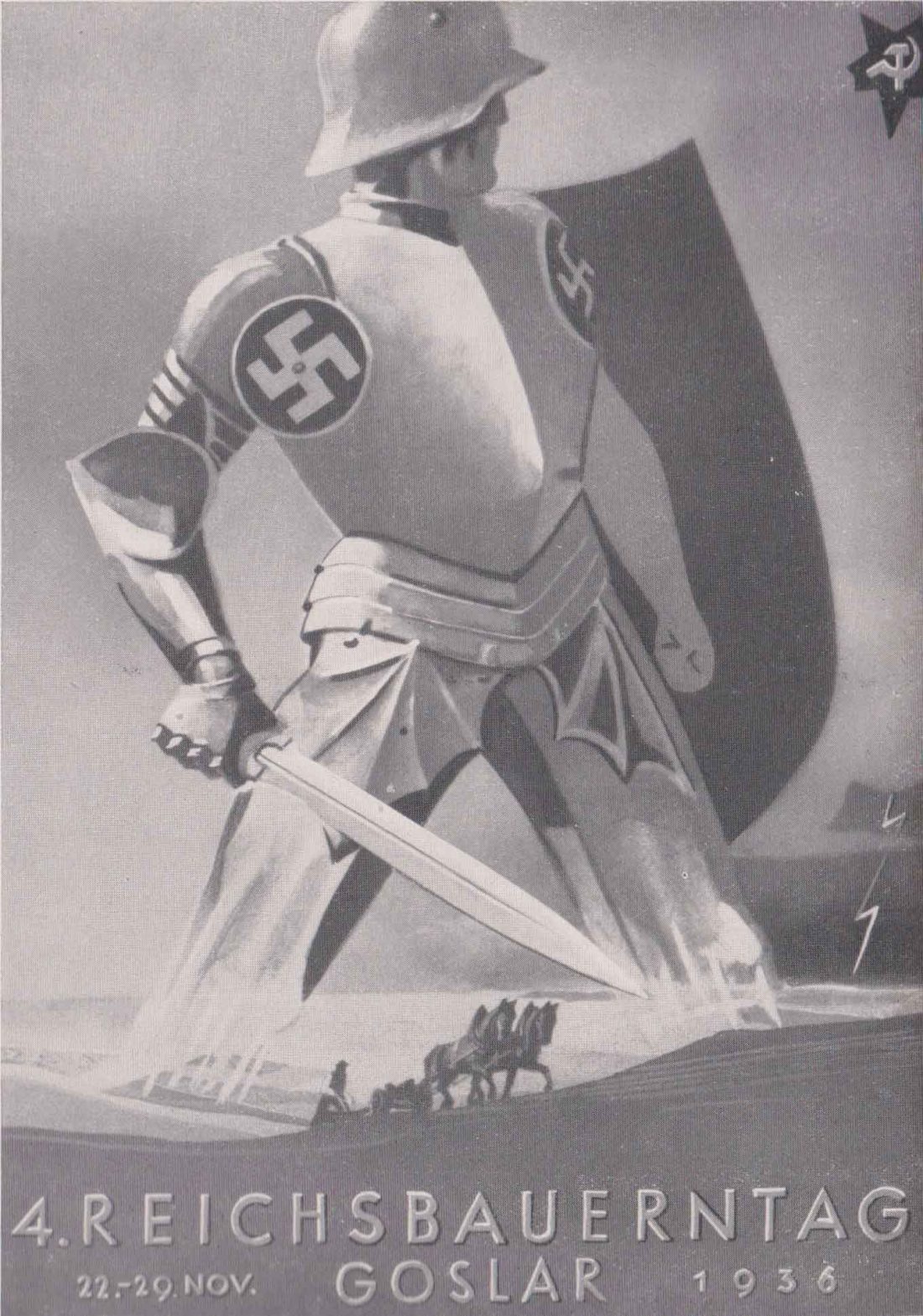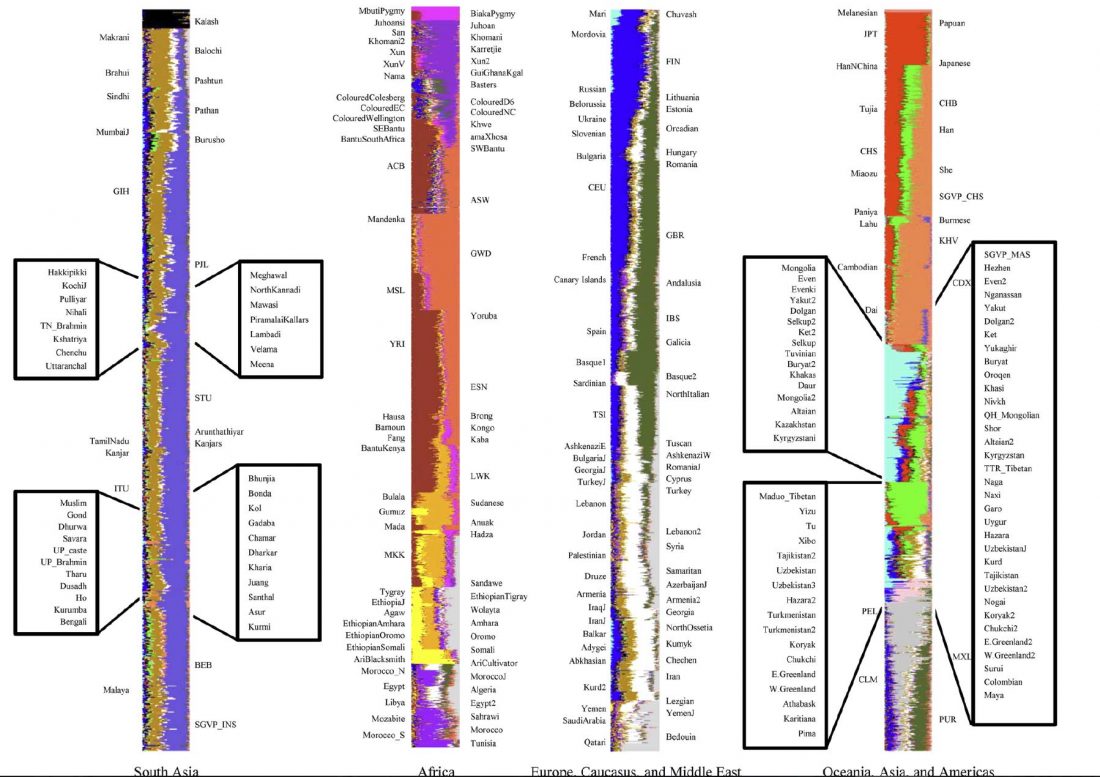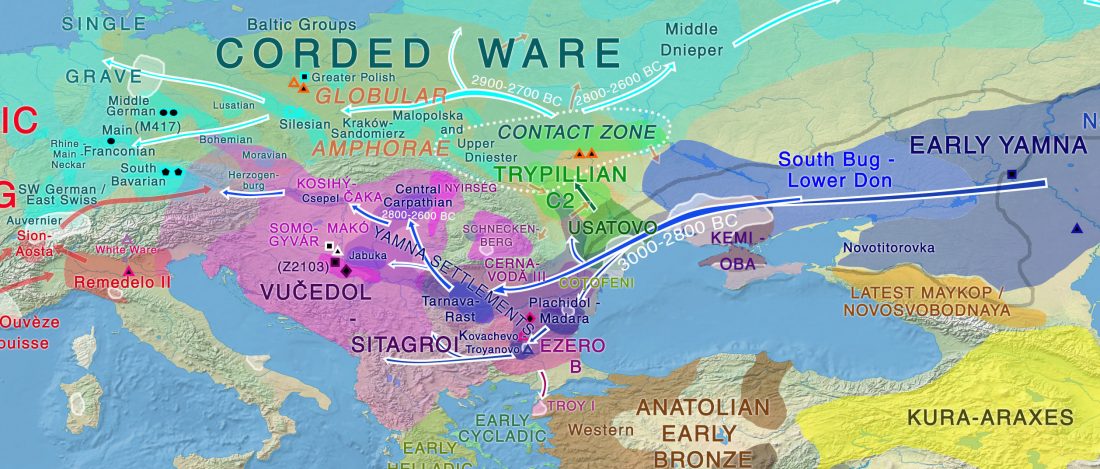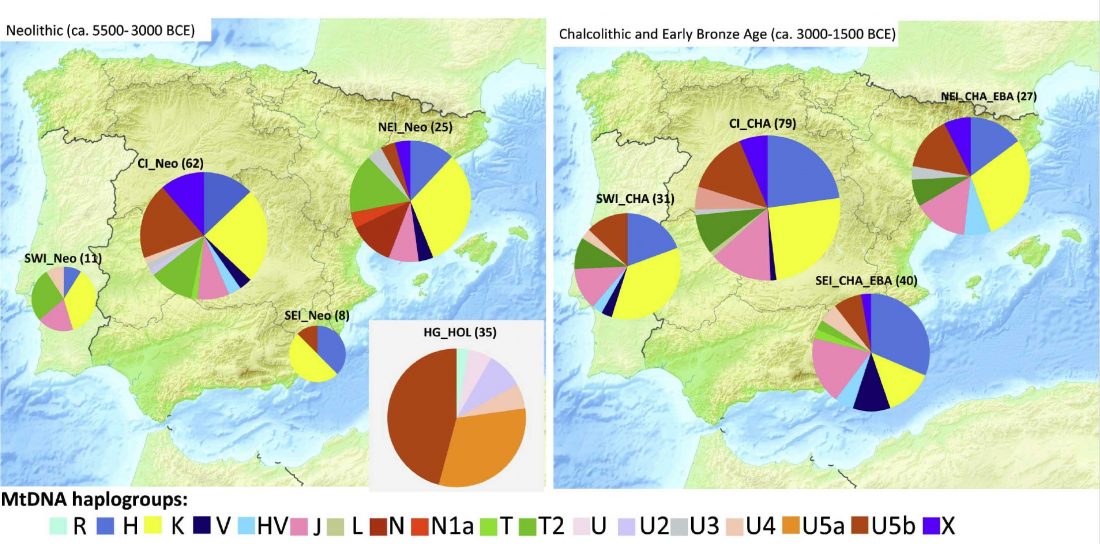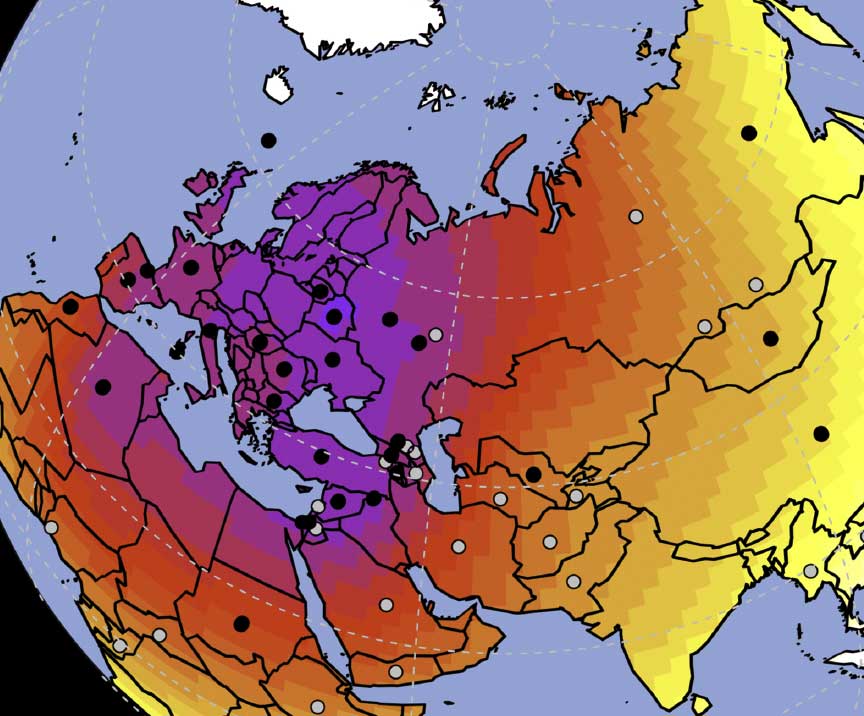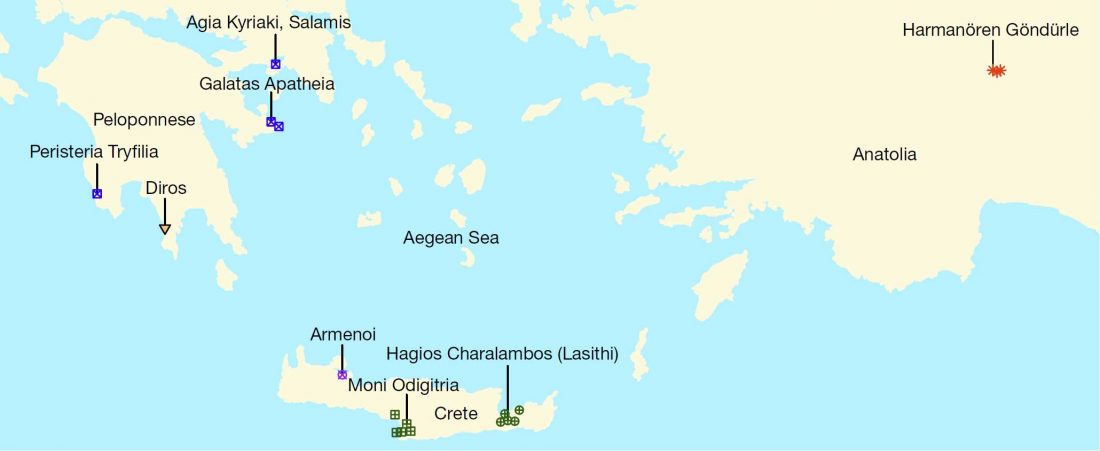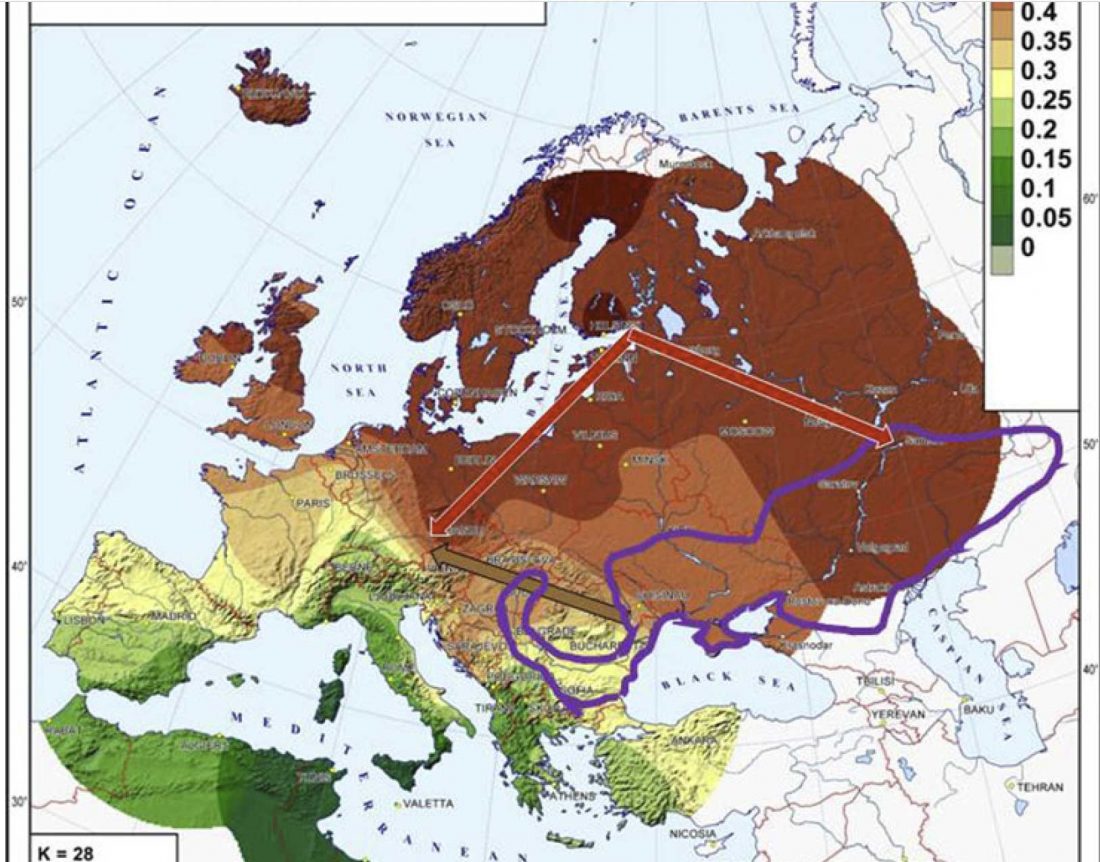Marija Gimbutas and the expansion of the “Kurgan people” based on tumulus-building cultures
An interesting article that I keep stumbling upon, The tumulus in European prehistory: covering the body, housing the soul, by Anthony Harding (2011):
… Read the rest “Marija Gimbutas and the expansion of the “Kurgan people” based on tumulus-building cultures”Finally, in Kurgan IV she saw “continuous waves of expansion or raids[that] touched all of northern Europe, the Aegean area, and the east Mediterranean areas possibly as far south as Egypt”. This was the period of the Catacomb Graves, but also the Early Bronze Age rock-cut tombs of the Mediterranean, Vučedol, Bell Beakers in Hungary, the Single Grave culture of the Nordic region. The Kurgan Culture reached Ireland, she remarked in a paper of 1978 “as
